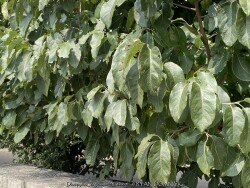
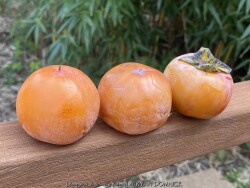
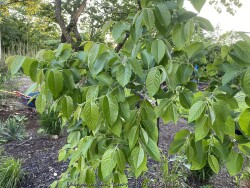
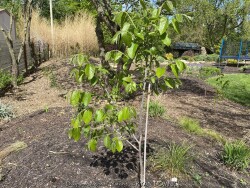
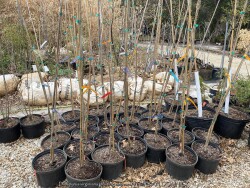
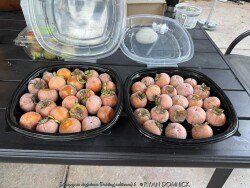

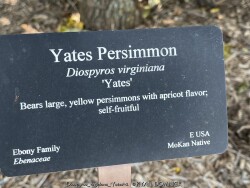
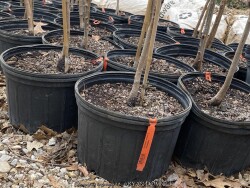
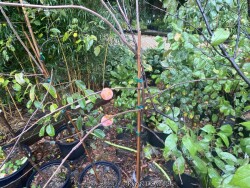
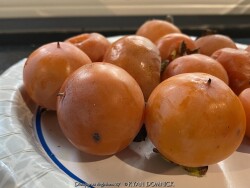
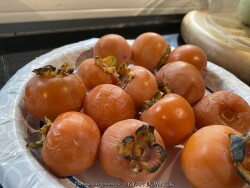
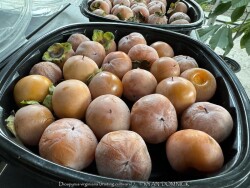
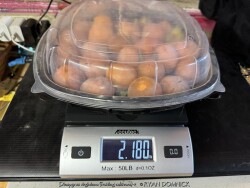
Plant Min Zone: 5a
Plant Max Zone: 9a
Sunlight: All Day Full Sun, Full Sun, Part Sun
Water / Rainfall: Low, Average
Soil Quality: Poor, Average
Bloom Season: Insignificant
Flower Color: Insignificant
Berry / Fruit Color: Orange
Spring Foliage Color: Dark Green
Summer Foliage Color: Dark Green
Fall Foliage Color: Dark Green
Evergreen Foliage: No
Winter Interest: Yes
Scented Flowers: No
Drought Tolerance: High
Wet-Feet Tolerance: Low
Humidity Tolerance: Medium, High
Wind Tolerance: Medium, High
Poor Soil Tolerance: Clay Soils, Rocky Soils, Shallow Soils
Height: 30' - 50'
Width: 20' - 30'
Growth Rate: Slow, Medium
Service Life: Tree: Service life varies
Maintenance Need: Low
Spreading Potential: N.A.
Yearly Trimming Tips: Selectively Prune into Small Tree Shape over Period of Many Years.
Plant Grouping Size: Specimen Planting of 1-3, Small Grouping of 3-5
Best Side of House: Large Tree; Best in Open Areas
Extreme Planting Locations: Survives Severe Drought
Ornamental Features: Rot Resistant / Strong Wood Tree, Multiple Seasons of Interest, Easy to Eat Edibles, Exceptional / Colorful Foliage
Special Landscape Uses: None
Possible Pest Problems: Occasional Problems
Plant Limitations: Messy; Fruits / Twigs / Leaf Litter
Shippable in 2026: YES
Yates Persimmon Tree (Fruiting Cultivar), is also known as Diospyros virginiana 'Yates'. >>>>> According to Starks Bros "A sweet native of Indiana. This fast-growing variety is pest- and disease-resistant. When fruit is soft and completely mature, it features a sweet, apricot-like flavor. Cold-hardy and heat-tolerant. Tree reaches 35-50' tall. Ripens in early September. Grafted. Self-pollinating. In Fall, enjoy harvesting large, orange, flavorful fruit with no black spots. Cross-pollination by a different variety is key to its growing and bearing success. Almost all American persimmon trees require a pollinator to bear fruit except 'Meader' and 'Yates'. Persimmons ripen in October to November with bright orange fruit. The fruit softens and sweetens once they experience frost. In many cases, you may still want to plant pollinating partners to increase the size of your crops, but with self-pollinating varieties doing so is optional. You'll get fruit with only one plant."